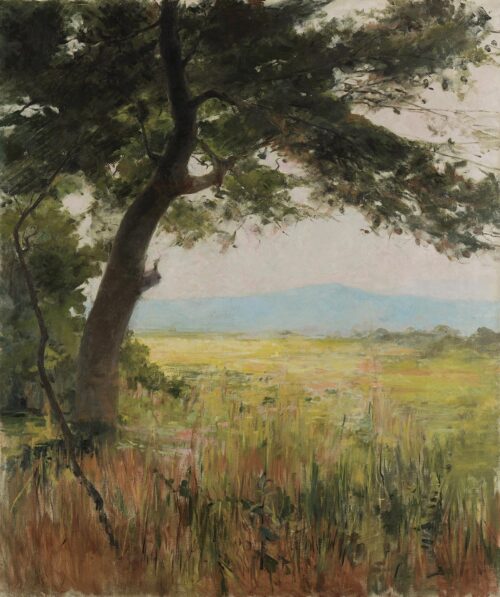
Focas Odysseas (1857 - 1946)
Hymettus, ca 1900
In 1876 he went to France where he originally studied law at Aix and then painting in private academies under Karl Cartier and Raphael Collin. In 1885 he returned to Greece and started working for the Greek magazine Το Άστυ and the Greek newspaper Ακρόπολη, illustrating various events of the period.
His exhibition activity included participation in the Olympia Exhibitions of 1888 (bronze medal) and 1896, the International Exhibition of Paris in 1900, at which he also received a bronze medal, and practically all of the artistic exhibitions between 1900 and 1940, such as those staged by the League of Greek Artists, of which was a member and also served as President of for many years, and those at the Parnassos Hall. He also exhibited in Smyrna (1902), Alexandria (1905 and 1909) and Rumania where he remained from 1907 to 1910 for family reasons. Even though he was not a member of the avant garde Art Group he applauded innovative ideas and three times presented works at its exhibitions (1917 and 1919). For many years he was also a member of the Society of Art Devotees as well as many artistic committees. From 1915 until his death he worked as a curator and preservationists at the National Gallery to which he willed his entire fortune as well as his personal collections of objects and works of art.
Fokas was one of the introducers of both the plein air movement and impressionistic trends into Greece and, in his time, was often considered daring, a real pathfinder. With the exception of a few portraits and still lifes, his painting focused on landscape, particularly that of Attica and Rumania, which he rendered with exceptional sensitivity to color and light.

Hymettus, ca 1900
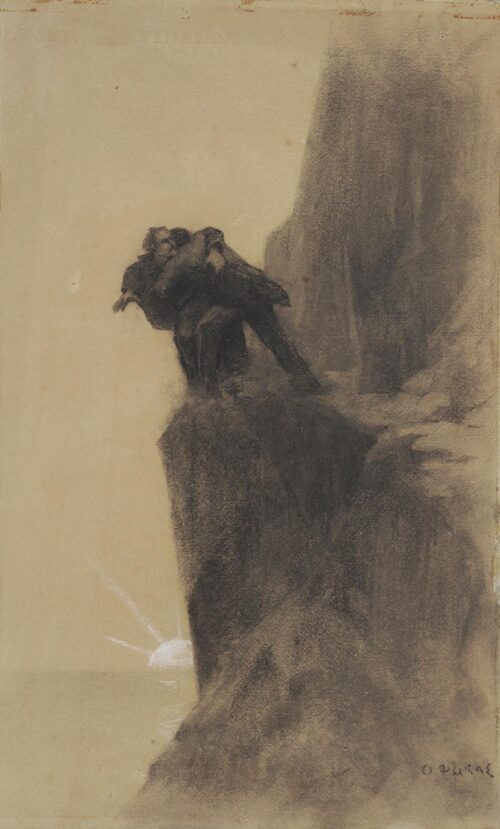
The Two Brothers Fighting Embraced on the Narrow Strip of Land, before 1897
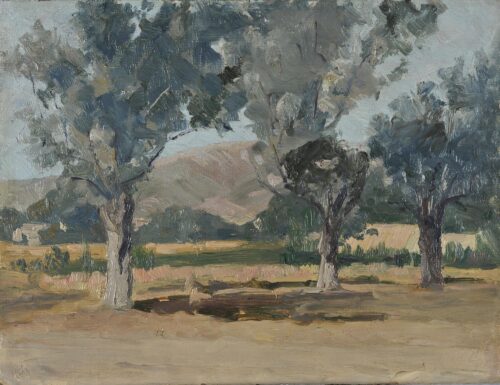
Landscape
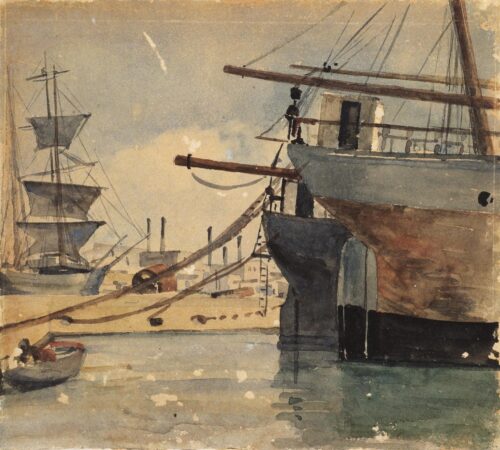
Seascape
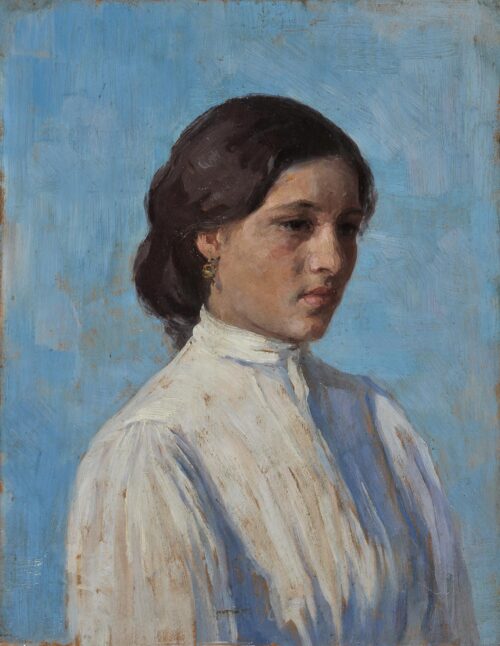
Portrait of a Woman
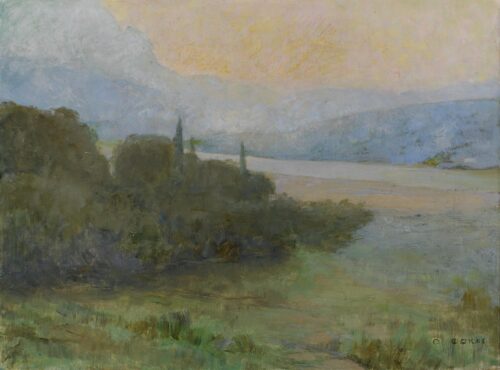
Landscape
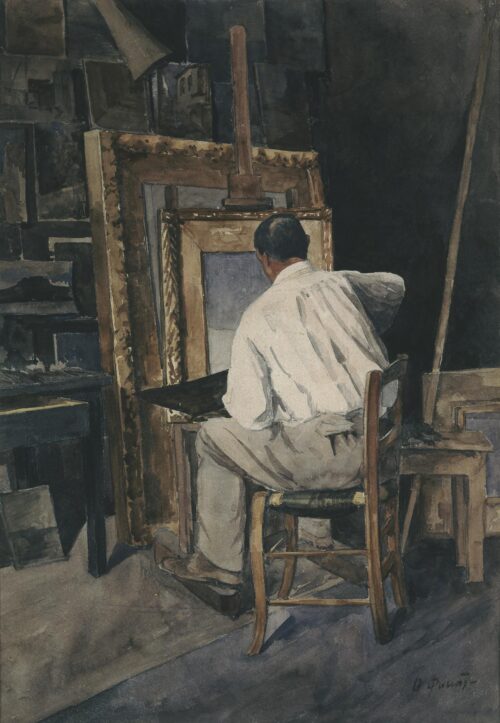
The Painter Chatzopoulos in His Studio
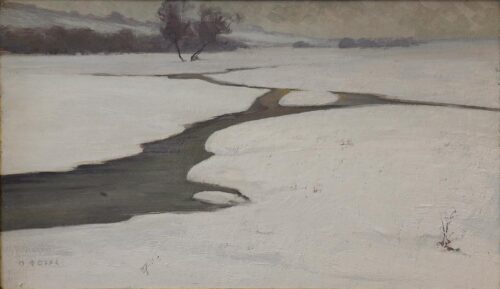
Frozen Stream, ca 1907-1910
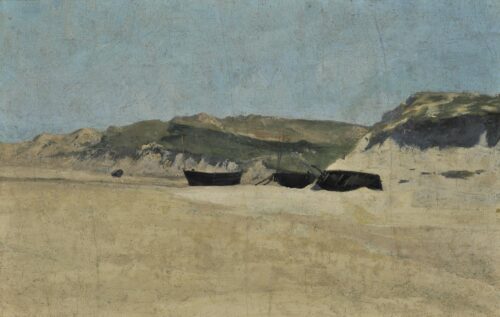
Boats in Brittany
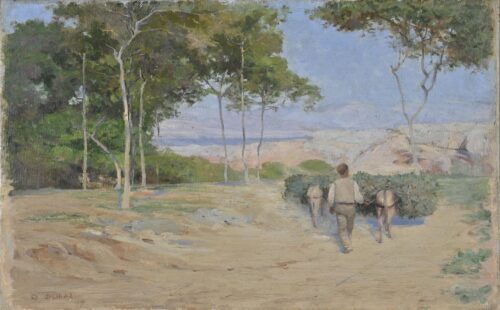
Attica Landscape, 1899
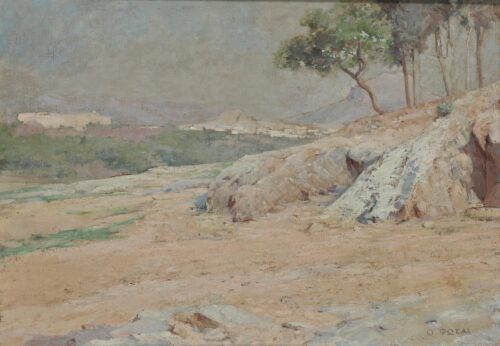
View from Ardittos Hill

We use cookies to make our site work properly, to personalize content and ads, to provide social media features and to analyze our traffic. We also share information about how you use our site with our social media, advertising and analytics partners. Read the Cookies Policy.
These cookies are necessary for the website to function and cannot be switched off in our systems. They are usually only set in response to actions made by you which amount to a request for services, such as setting your privacy preferences, logging in or filling in forms. You can set your browser to block or alert you about these cookies, but some parts of the site will not then work. These cookies do not store any personally identifiable information.
If you disable this cookie, we will not be able to save your preferences. This means that every time you visit this website you will need to enable or disable cookies again.
These cookies tell us about how you use the site and they help us to make it better. For example these cookies count the number of visitors to our website and see how visitors move around when they are using it. This helps us to improve the way our site works, for example, by ensuring that users find what they are looking for easily. Our website uses Google Analytics for statistics reporting.
Please enable Strictly Necessary Cookies first so that we can save your preferences!